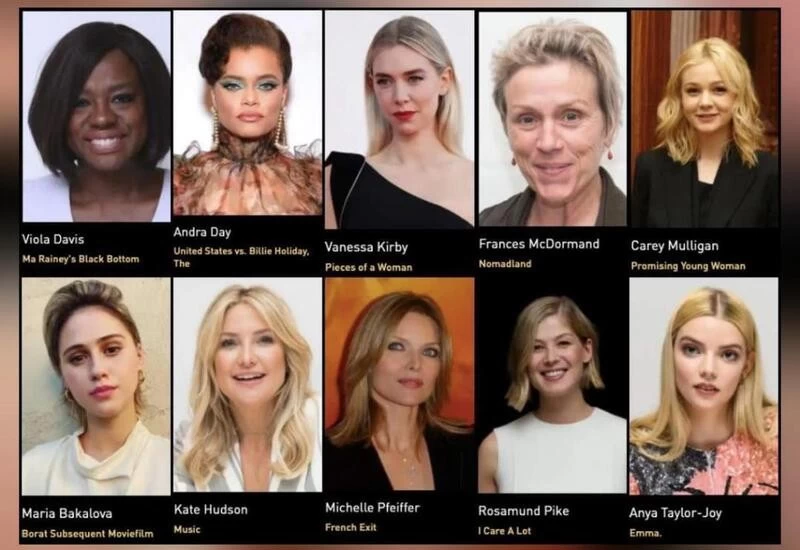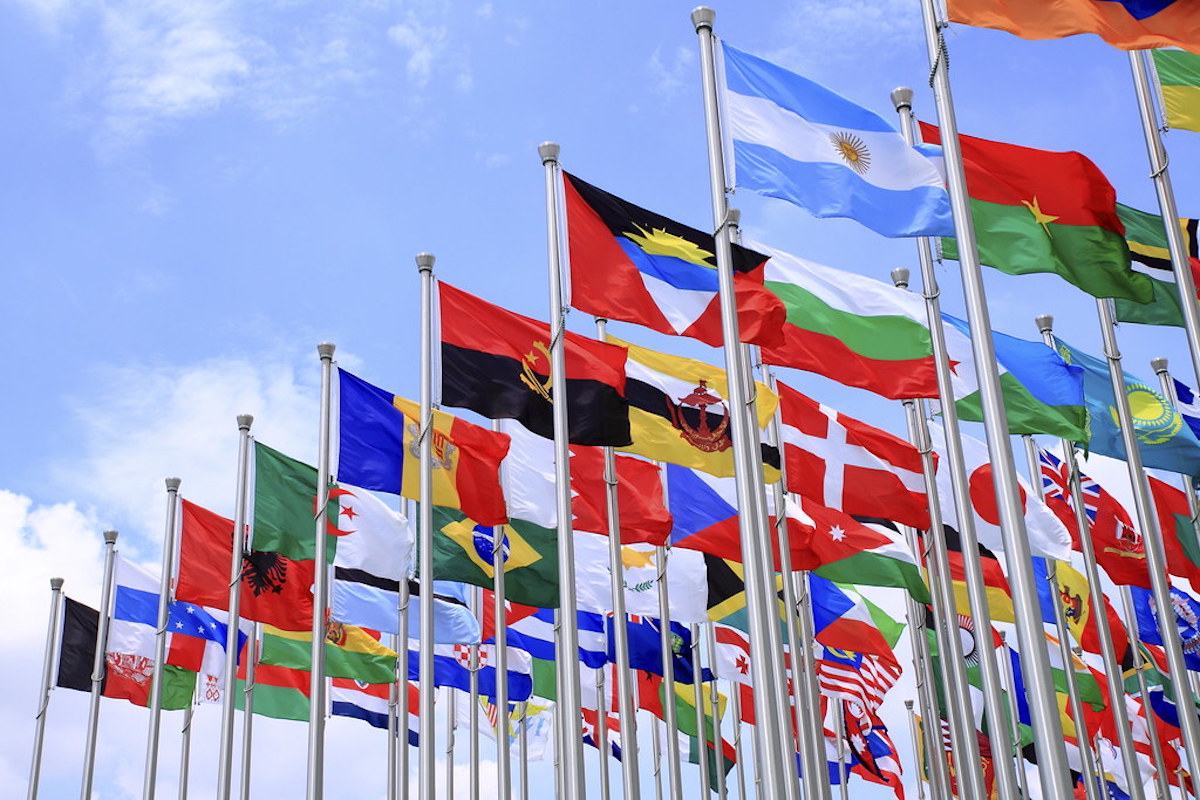Tattoo Forms: Understanding the Different Types and Styles

Tattooing has evolved from being a niche subculture to a global art form that embraces diverse techniques and styles. From intricate line work to vibrant, colorful designs, tattoos come in various forms and expressions, each offering unique characteristics that cater to individual tastes and cultural significance. Understanding tattoo forms is crucial for anyone considering getting inked, as it helps identify the most suitable style, technique, and placement for their body art. This article delves into the different tattoo forms, their origins, and what makes each one distinct, offering insights into the world of tattoos.
The History of Tattooing
Tattooing has a rich history that spans thousands of years, with evidence of ancient tattoos found on mummies in Egypt, preserved remains from ancient Polynesia, and early written records from indigenous cultures around the world. Initially, tattoos were often linked to tribal rituals, religious beliefs, or rites of passage. Over time, tattooing evolved into a form of self-expression, artistry, and personal identity. Today, tattoos have transcended cultural boundaries and have become an essential part of modern body art.
Tattoo forms can be categorized into different techniques, styles, and motifs, reflecting the vast diversity within the tattooing community.
Traditional Tattoo Forms
Traditional tattoos are some of the most recognizable and timeless designs in the tattoo world. This style is rooted in the Western tattoo tradition and is often referred to as "Old School" tattoos. Known for their bold lines, vibrant colors, and iconic imagery, traditional tattoos draw inspiration from sailor tattoos, military symbols, and early tattoo culture in the United States. Some common motifs in traditional tattoos include:
- Anchors: Symbolizing stability and hope, anchors are one of the most iconic images in traditional tattoos, often associated with sailors.
- Swallows: Swallow tattoos are symbolic of freedom, travel, and safe return. Sailors often got these tattoos to mark their journeys.
- Roses: The rose is a symbol of love, beauty, and passion. It is one of the most commonly used flowers in traditional tattoos.
- Skulls: Skulls often represent mortality, danger, or defiance. In the traditional tattoo world, skull tattoos carry an edge of rebellion.
- Eagles: The eagle, especially in American traditional tattoos, represents power, strength, and freedom.
The primary characteristics of traditional tattoos are bold black outlines, flat colors, and simplified shapes that emphasize clarity and legibility. This style has remained popular over the years, with modern artists often incorporating their own unique twist on these classic designs.
Neo-Traditional Tattoos
Neo-traditional tattoos build upon the foundation laid by traditional tattoos but incorporate more modern techniques, colors, and shading. The lines remain bold, but the designs are often more detailed, allowing for a broader range of artistic expression. Neo-traditional tattoos frequently feature more realistic or illustrative elements, adding dimension and complexity while staying true to the core principles of the traditional style.
Common elements found in neo-traditional tattoos include:
- Animals: Detailed representations of animals, from wolves to foxes, are often seen in neo-traditional tattoos, rendered with vibrant colors and shading.
- Portraits: While traditional tattoos often rely on stylized faces, neo-traditional artists tend to create more lifelike, detailed portraits.
- Nature: Floral and botanical motifs are often more intricate in neo-traditional tattoos, incorporating realistic shading and vibrant hues.
The key distinction between traditional and neo-traditional tattoos lies in the level of detail and complexity, with neo-traditional tattoos offering a more contemporary take on classic designs.
Realistic Tattoos
Realistic tattoos are known for their incredible attention to detail and lifelike representations. Artists who specialize in realistic tattoos are skilled at recreating images with an astonishing degree of accuracy, mimicking the look of photographs, paintings, or even objects from the real world. This style requires advanced shading techniques and fine line work to achieve a 3D effect.
Some common themes in realistic tattoos include:
- Portraits: Realistic portraits of loved ones, celebrities, or historical figures are popular among those seeking a highly detailed and personal tattoo.
- Nature: Nature-based realistic tattoos, such as flowers, animals, or landscapes, are incredibly lifelike, capturing the beauty of the natural world.
- Objects: Objects such as watches, skulls, or even everyday items like books and keys are tattooed with intricate detail in a realistic style.
Realistic tattoos can be highly personalized, with many clients opting for tattoos that hold deep sentimental meaning. This style requires an experienced artist with a keen eye for detail and a mastery of shading and texture.
Watercolor Tattoos
Watercolor tattoos are one of the most visually striking tattoo forms, known for their vibrant, fluid color designs. Inspired by watercolor painting techniques, these tattoos use soft, blending colors that mimic the appearance of a watercolor painting. Rather than relying on solid fills, watercolor tattoos often have an ethereal, fluid quality that gives them a unique, artistic flair.
Watercolor tattoos work particularly well with abstract designs, floral elements, and animals. Common themes include:
- Abstract Art: Watercolor tattoos often incorporate splashes of color that do not follow a specific shape or form, creating abstract art on the skin.
- Floral Designs: Flowers in watercolor tattoos are vibrant and delicate, with soft transitions of color that give them a natural, free-flowing feel.
- Animals and Birds: Birds, butterflies, and other animals are often rendered in watercolor tattoos with splashes of color that seem to bleed into the skin.
While watercolor tattoos are visually stunning, they do require more maintenance, as the colors can fade more quickly than traditional ink. Proper aftercare is essential to preserve the vibrancy of watercolor tattoos.
Geometric Tattoos
Geometric tattoos use mathematical shapes and patterns to create intricate, visually appealing designs. This tattoo form relies on symmetry, precision, and balance to form designs that can range from simple lines and shapes to highly complex, multi-layered patterns. Geometric tattoos are often seen as a fusion of art and science, with their precise, orderly nature offering a stark contrast to more organic, fluid designs.
Some common themes in geometric tattoos include:
- Sacred Geometry: This includes symbols such as the Flower of Life, Metatron's Cube, and the Seed of Life, which are believed to have spiritual or metaphysical significance.
- Mandala Tattoos: Mandalas are circular, intricate designs that are often used in meditation and spiritual practices. They symbolize balance, unity, and the universe.
- Abstract Shapes and Patterns: Geometric tattoos can feature abstract arrangements of lines, triangles, and polygons, often creating visually striking, minimalist designs.
Geometric tattoos are perfect for individuals seeking clean, structured designs that have both aesthetic appeal and deeper symbolic meanings.
Tribal Tattoos
Tribal tattoos are among the oldest and most culturally significant tattoo forms in the world. Originating in various indigenous cultures, tribal tattoos are characterized by their bold black lines, intricate patterns, and symbolic meanings. These tattoos often carry deep cultural significance, representing tribal affiliations, rites of passage, or spiritual beliefs.
Popular tribal tattoo motifs include:
- Animal Symbols: Many tribal tattoos feature stylized animals, such as wolves, tigers, or bears, that represent strength, courage, and power.
- Geometric Patterns: Tribal tattoos often incorporate intricate geometric shapes and symmetrical patterns, which hold cultural and spiritual meaning.
- Warrior Symbols: In many cultures, tribal tattoos were used to symbolize a warrior’s strength, achievements, and identity within their tribe.
While tribal tattoos were historically used for cultural and spiritual purposes, modern interpretations of this tattoo form are often seen as a celebration of art and personal identity.
Conclusion
Tattoo forms encompass a wide variety of styles, each with its unique characteristics, techniques, and cultural significance. Whether you're drawn to the bold lines of traditional tattoos, the soft hues of watercolor, or the precision of geometric designs, there's a tattoo form that suits every taste and personality. Understanding the different types of tattoos allows individuals to explore the vast world of body art, ensuring they choose a style that reflects their identity and artistic vision. As tattoo culture continues to evolve, so too will the innovation and creativity within the world of tattoo forms.
What's Your Reaction?


















